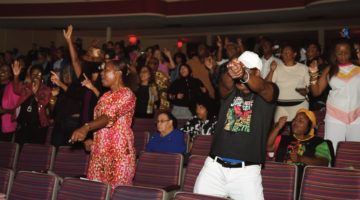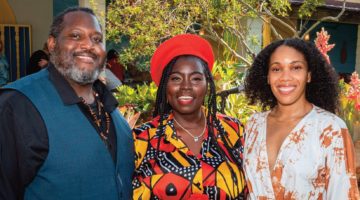Lexington, Ky. (AP) – When Lexington’s Benevolent Society decided to open a cemetery way back in 1869, it was deep in the country outside of Lexington’s city limits. The society – formed by free Blacks to bury the dead and take care of the poor – maintained the cemetery for decades, until benevolent societies went out of favor. As Lexington developed around it, the eight-acre cemetery slowly fell into disrepair, overgrown with trees and weeds, with broken and missing headstones.
In the 1990s, several Lexington residents started to cut down weeds, and discovered the wealth of history buried there. Today, the African Cemetery No. 2 is a nonprofit dedicated to keeping the graveyard in good physical shape so it can highlight the important Black history within.
As researchers Anne Butler and Yvonne Giles first discovered, the cemetery holds the remains of some of the most famous Black horsemen in history, those who dominated the early years. But as research continues, more and more is being discovered about other sectors of society represented there.
As board president Mark Coyne noted, it’s one of the only cemeteries being showcased by the occupations of those buried there.
The late Anne Butler, a Kentucky State University professor and early volunteer, “started us on the whole idea of recognizing particular groups of individuals and people who were unique to this location,” Coyne said.
Local historian Yvonne Giles has continued the work with military veterans. Next, she says, she will focus on the women buried there. Some of the most famous people buried in the cemetery include Isaac Burns Murphy, winner of three Kentucky Derbies.













No Comment